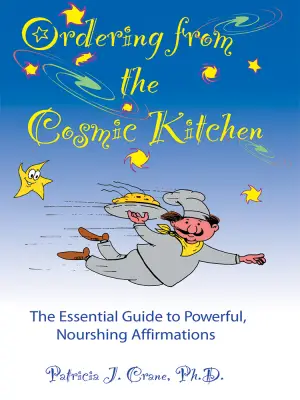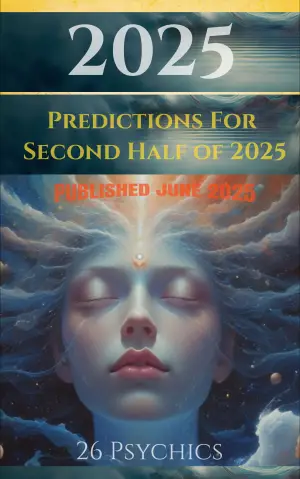A Journey Through Logic and Emotions: A Review of The Curious Incident of the Dog in the Night-Time
When I first stumbled upon Mark Haddon’s The Curious Incident of the Dog in the Night-Time, the quirky cover and its unusual premise intrigued me. A fifteen-year-old boy, Christopher, on a mission to investigate the murder of his neighbor’s dog while navigating his own labyrinth of thoughts? It promised a blend of mystery and insight that felt too compelling to resist. What I didn’t expect was a deep dive into the complexities of perception, truth, and how they interweave with the challenges of living on the autistic spectrum.
This novel brilliantly unfolds through Christopher’s eyes—his razor-sharp observations and unique way of recounting the world mirror the experiences of many who relate to the nuances of Asperger’s Syndrome or high-functioning autism, though these terms are never explicitly mentioned in the text. Christopher’s talent for mathematics serves as a comforting structure in his life, much like the prime number chapters that delineate his story, and as he surveys the world with an analytical lens, we are invited to witness both his accomplishments and his struggles. His investigations into the dog’s murder lead to unexpected family secrets, challenging him to break through his well-built defenses.
One of the aspects I found most captivating was Christopher’s unapologetic commitment to truth. In a world where so much is veiled in polite half-truths, his characters reveal the absurdities and complexities of human interactions. The way he navigates his thoughts—a mixture of logic, facts, and his personal anecdotes—creates a narrative that is both engaging and refreshingly candid. Reading his perspective made me chuckle at the absurdities we often overlook, such as how he defines a "good day" based solely on the number of red and yellow cars he spots. This logic, while seemingly trivial, poignantly demonstrates Christopher’s quest for order in a chaotic world.
Haddon’s writing style complements this character-driven storytelling; it’s spare yet vivid, logical yet filled with humor that arises from Christopher’s misunderstandings of social cues. This aligns perfectly with my own experience as I frequently found myself chuckling at his literal interpretations, resonating with those moments in life where we might wish for a clear-cut answer, like a mathematical solution. The brief, impactful sections where Christopher explains aspects of mathematics or his views on emotions reinforced my appreciation of how Haddon’s prose illuminates the beauty found in simplicity and structure.
Notably, the quote from neurologist Oliver Sacks on the back cover encapsulates Haddon’s success in portraying the inner workings of an autistic mind. It sent shivers down my spine as I recognized the insight he gifts us about connections and disconnections in human relationships. Christopher’s worldview puts a spotlight on the familiar absurdities of daily life while inviting us to reflect on the ways we, too, interpret the world around us.
The Curious Incident of the Dog in the Night-Time is more than just a YA novel; it’s an invitation to explore how we perceive truth, the comfort of logic, and the colorful messiness of emotions. I believe readers of all ages—from those curious about the nuances of neurodiversity to anyone who finds joy in a heartfelt, thought-provoking narrative—will find resonance in Christopher’s journey.
After closing the book, I felt a mix of empathy and a newfound awareness of how navigating the world—much like Christopher’s investigation—is an adventure filled with prize and perplexity. Haddon’s work has certainly left a lasting impact, nudging me to observe not just what’s apparent, but the buried truths that often lie beneath the surface of everyday life. If you’re seeking a story that balances whimsy with depth, this one may just be the perfect next read.
Discover more about The Curious Incident of the Dog in the Night-Time on GoodReads >>












